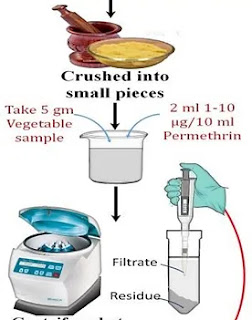Structural and Functional Characterization of the Peroxidase Gene in Chickpea under Aluminum Stress
Aluminum (Al3+) toxicity is a significant limitation to chickpea (Cicer arietinum L.) productivity in
acidic soils by impairing root growth and increasing reactive oxygen species (ROS). Class III
peroxidases are major antioxidant enzymes important for ROS scavenging; however, the structural
and functional role of peroxidases in chickpea under Al³⁺ stress remains unclear. This study
conducted comprehensive bioinformatics and molecular docking of the chickpea peroxidase 43
isoform X2 gene. BLASTn and BLASTx analyses confirmed that the gene encodes a peroxidase-like
protein. Further comparative analysis of peroxidase 43 from nine legumes revealed a high degree
of sequence conservation, especially with Medicago truncatula, Pisum sativum, and Vigna radiata.
Multiple sequence alignment with phylogenetic analysis highlighted conserved motifs for the
catalytic mechanism and evolutionary divergence, with Cajanus cajan having the lowest
conservation. The analysis of conserved domains confirmed that peroxidases have specific motifs,
while 3D structure prediction confirmed the integrity of the protein fold. Protein-protein interaction
analysis revealed a strong connection to enzymes involved in oxidative stress. In addition, molecular
docking results revealed that the Al³⁺ ion has a strong binding affinity to the active site, which could
destabilize enzymatic activity and function. In contrast, Fe2+ supports activity and function, while
Cu2+ strongly competitively binds to peroxidase. Overall, these results give insight into peroxidase-
mediated antioxidant defense mechanisms as well as their potential use in breeding strategies for
Al3+-tolerant chickpea varieties.
READ FULL ARTICLE:
https://www.envsciarch.com/_files/ugd/4b6a78_6ed12adf3be3490e96ecaabe33411882.pdf




Comments
Post a Comment